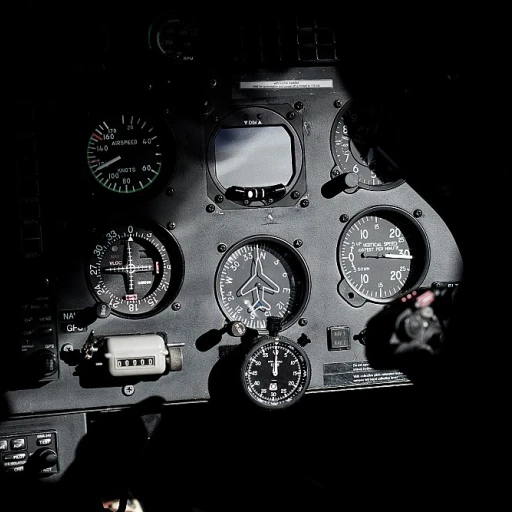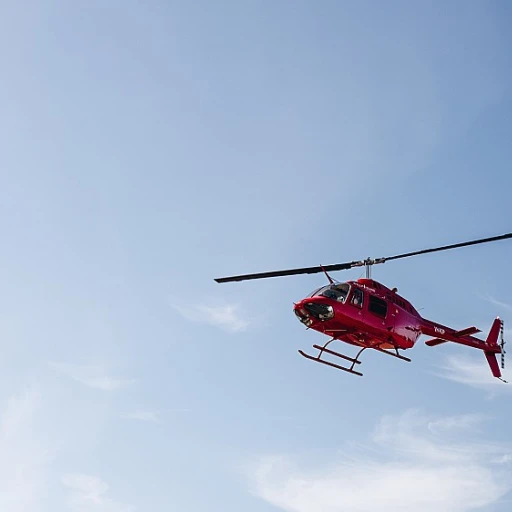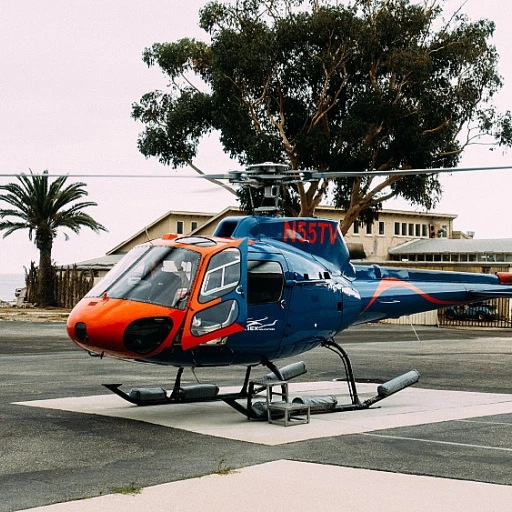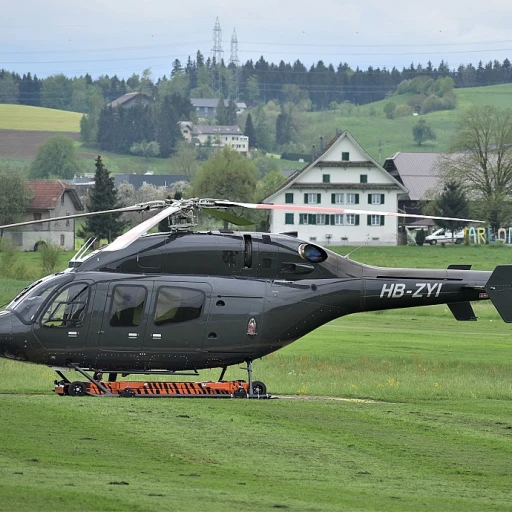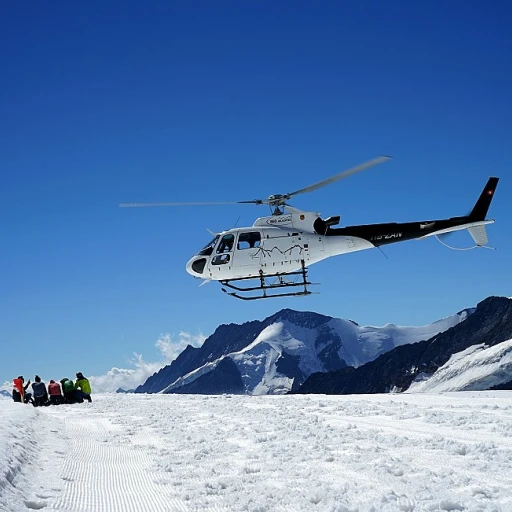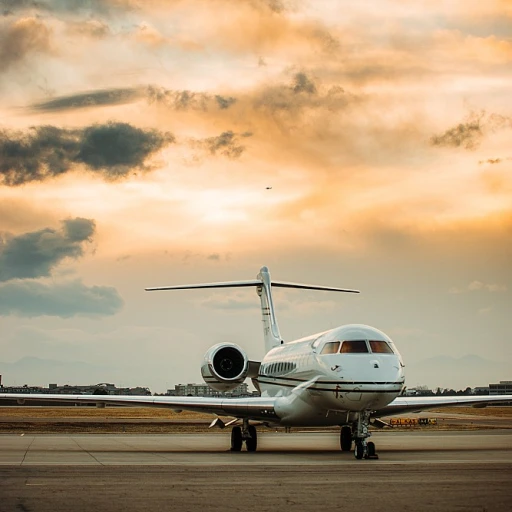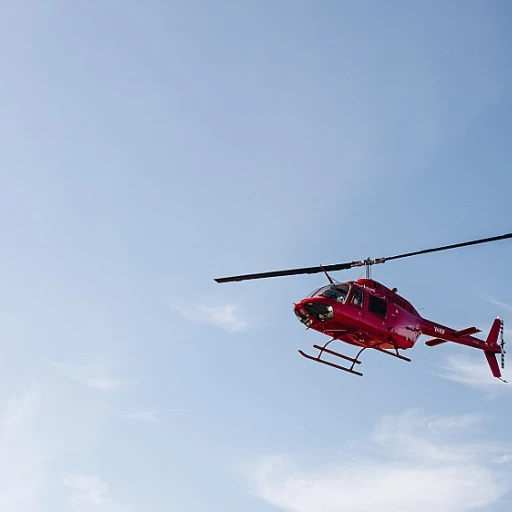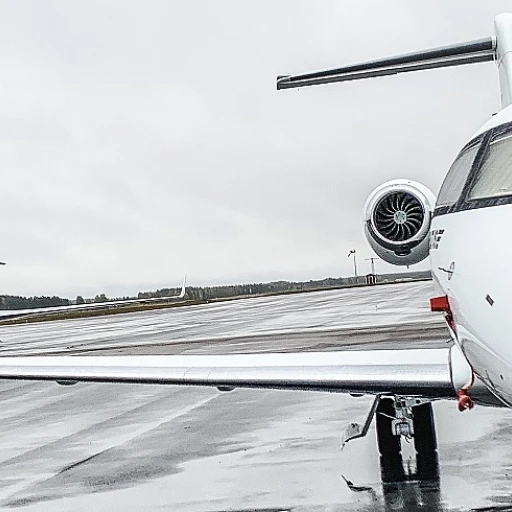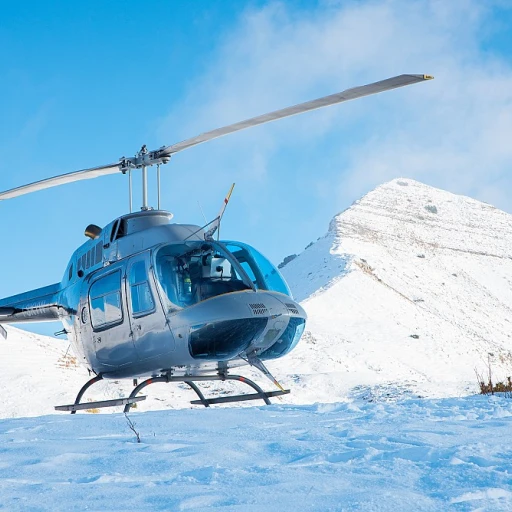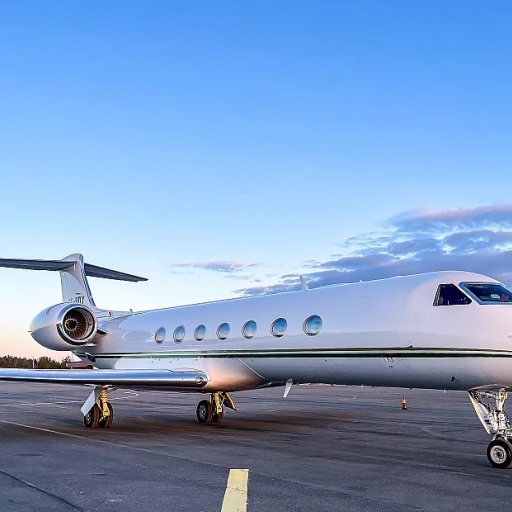
Understanding the King Air 90
Delving into the Beechcraft King Air 90
The Beechcraft King Air 90 is an iconic aircraft in the aviation world, renowned for its versatility and performance. This particular model, part of the wider King Air series, has made its mark with business travelers and aviation enthusiasts alike.
Coming from the expansive Beech series, the King Air 90 is valued for its balance between operational cost and functionality. Noteworthy for its twin-engine capability, it provides reliability and stability across various conditions. These engines, typically powered by Pratt & Whitney, deliver a cruising speed that resonates well with time-conscious travelers who require efficiency without compromising safety.
The aircraft's cabin is designed to offer comfort, with a layout that supports multiple seating configurations to suit varying passenger needs. This is particularly beneficial for those looking at the private aviation market, with buyers often considering both interior customization and seating capacity when evaluating their purchase options.
When it comes to performance and cost, the King Air 90 offers an attractive combination of fixed and variable costs, appealing to those prioritizing both upfront purchase price and long-term operational costs. Those in the market for a reliable, cost-effective plane should certainly explore this option and consider the model's standing against others like the Daher TBM and Piaggio Avanti.
For those exploring the market's intricacies, understanding the King Air 90's place within the aviation industry and comparing its benefits will be key. Highlights such as the number of total operational hours and range are significant factors contributing to its appeal.
Current Market Trends for King Air 90
Current Dynamics in the King Air 90 Market
The Beechcraft King Air 90 series holds a solid reputation in the aviation sector, particularly in the United States, for its excellent performance and reliability. With the resurgence of interest in personal and business air travel, this model is capturing significant attention in the pre-owned aircraft market. Buyers interested in the King Air 90 should note that the robust demand has led to a stable price range, often influenced by various factors, including total time and serial number specifics. These elements can affect the overall cost, given their impact on aircraft performance and longevity. Additionally, current trends indicate a rise in demand for aircraft with efficient engines. The Pratt & Whitney power plants on the King Air 90 provide an attractive balance between cruise speed and fuel economy, which are pivotal considerations for both commercial and private buyers. The market is also characterized by a variation in fixed and variable costs, primarily due to maintenance needs and operational expenses. It’s crucial for potential buyers to evaluate these costs thoroughly to ensure that the air price remains within budgetary constraints. Lastly, with the ongoing care for upgrades, models outfitted with advanced landing gear and other modern enhancements add value and appeal. To explore the competitive landscape and understand better how the King Air 90 stands against contemporaries like the Daher TBM, Piaggio Avanti, and Piper Cheyenne, visit the detailed market analysis on the Challenger 604.Key Features and Benefits
Distinct Advantages and Notable Attributes
When considering the potential purchase of a King Air 90, certain attributes set this aircraft apart from the rest in its class, making it a favorite among aviation enthusiasts and seasoned pilots alike.- Efficient Performance and Range: The King Air 90 is known for its impressive cruise speed and range, making it a versatile choice for various travel needs. With a notable range, it allows for longer journeys without the need for frequent stops for refueling, thus enhancing time-efficiency and convenience.
- Engines and Fuel Management: Equipped with Pratt Whitney engines, the King Air 90 is designed to optimize fuel consumption, balancing both power and efficiency. This aspect plays a crucial role in managing operational costs, including both fixed costs and variable costs during ownership.
- Cabin Comfort: Beechcraft’s emphasis on passenger comfort is evident in the cabin design of the King Air 90. It offers a spacious and well-appointed interior, providing a pleasant experience for both short and extended flights. This, combined with the model’s ability to maintain altitude stability and smooth handling, prioritizes passenger comfort.
- Durability and Maintenance: Featuring robust landing gear and structural integrity, the King Air 90 requires predictable maintenance schedules. Its reliability minimizes unexpected downtime, a crucial attribute for those looking to optimize the aircraft's total time in the air.
- Versatility and Adaptability: The aircraft's specifications, such as its fixed cost and fuel efficiency, make it adaptable for various uses. Whether for business trips or personal use, the King Air 90 can manage different aviation demands efficiently.
Considerations When Buying a King Air 90
Crucial Factors to Evaluate When Investing in a King Air 90
Purchasing a King Air 90 can be a significant investment, so several factors need careful consideration. From the aircraft model year to its operational costs, these elements can impact your buying decision.- Aircraft Condition and Total Time: Evaluate the total time logged by the King Air 90. The total hours flown can tell a lot about its usage, implying potential wear and tear. A well-maintained unit with lower total time can offer better resale value and enhanced reliability.
- Maintenance History: Thoroughly scrutinize the maintenance records. Regular maintenance, especially concerning the engines and landing gear, can ensure the aircraft's performance and longevity. The Beechcraft King Air demands consistent upkeep to maintain its renowned status in aviation circles.
- Cabin and Avionics Upgrades: Assess whether the cabin and avionics meet your personal or business needs. Consider the available upgrades, which might include modern navigation systems or enhanced comfort features. The Beechcraft King Air series, known for its versatile and luxurious cabin, could align well with diverse requirements.
- Operating Costs: Factor in the variable and fixed costs. The main variable cost revolves around fuel efficiency. With its Pratt & Whitney engines, the King Air 90 offers a balance between cruise speed and range. Fixed costs include hangar fees, insurance, and regular scheduled checks, impacting the overall price.
- Comparison with Similar Models: While considering the Beech King Air 90, weigh it against models like the Piper Cheyenne or the Daher TBM. Each offers different advantages, such as fuel economy or speed capabilities, which could sway your decision.
- Price and Resale Value: Investigate the current market price range for the King Air 90. The aircraft’s resale value should be a consideration if you plan on selling later on. Evaluate whether the air price fits within your budget and long-term financial strategy.
Comparing the King Air 90 to Other Models
Comparative Assessment Among Aircraft Choices
When considering the acquisition of a King Air 90, it's helpful to draw comparisons with other aircraft models available in the aviation market. While the King Air series, known for reliable performance and the legendary Beechcraft craftsmanship, remains a popular choice, it's crucial to understand how it aligns with alternatives like the Daher TBM, Piper Cheyenne, and Piaggio Avanti in terms of efficiency, range, and cost.- Cruise Speed and Range: The King Air 90 offers a respectable cruise speed in the air series, efficiently balancing fuel consumption. Its range capabilities cater well to short to medium-haul flights, though compared to some high-speed turboprops like the Daher TBM, there might be trade-offs in context to range.
- Engines and Maintenance: Equipped with Pratt Whitney engines, the King Air 90 provides robust performance and reliability. Consider the total time and fixed costs linked to maintenance, which in the case of the King Air, can be more economical when compared to jet engines.
- Cabin and Comfort: The King Air 90’s cabin is intelligently designed for comfort, offering sufficient space that rivals some competitors. The Beechcraft commitment to quality means interior options can be as luxurious as needed, although the number of passengers might influence choices.
- Variable Costs: While all aircraft have variable costs like fuel and air price, the King Air 90's fuel efficiency and reasonable maintenance costs make it a cost-effective choice in its class. However, potential buyers should consider their total budget, factoring in air call sign and the aircraft's serial number for precise valuation.
- Price Comparison: The King Air 90, with its appealing price point and reliability, positions itself competitively against models like the Piper Cheyenne. Nevertheless, the purchase decision should weigh not just the initial cost, but also the total ownership costs over time, including variable and fixed costs.
Tips for a Successful Purchase
Expert Guidance for Your King Air 90 Acquisition
Investing in a Beechcraft King Air 90 requires a savvy approach to ensure a successful purchase, considering the various dynamic elements at play in the aircraft market. Here are some valuable tips:
- Determine Your Requirements: Assess key factors such as the range, cruise speed, cabin size, and total time on the air frame and engines. Align these with your specific travel needs and aviation preferences.
- Focus on Maintenance Records: A thorough review of an aircraft's maintenance history is crucial. This includes understanding the fixed costs related to regular upkeep and the variable costs you may incur over time.
- Engage a Reputable Broker: Partner with a trusted professional with substantial expertise in the King Air series. They can offer insightful data on current market trends, model variations like the Beechcraft King Air GTX and GTI, and guide you through the purchase process.
- Analyze Market Comparisons: Compare the King Air 90 with similar aircraft, such as the Daher TBM, Piper Cheyenne, or Piaggio Avanti, to gauge pricing, performance, and efficiency advantages specific to the King Air model.
- Inspect the Aircraft: Conduct a detailed inspection of the aircraft's engines, landing gear, and other critical systems to confirm overall condition. If possible, test flight the aircraft to assess its airworthiness and handling.
- Consider Total Ownership Costs: Evaluate the cost of acquisition along with ongoing operational expenses. This includes fuel consumption, potential repairs, and air price adjustments influenced by factors like serial number and overall market demand.
- Leverage Industry Resources: Utilize aviation networks and resources in the United States to make informed decisions. Contact industry experts to gain insights on air call logistics and the broader implications of your investment.
With these steps in mind, you can confidently navigate the intricacies of purchasing a King Air 90 and secure an aircraft that meets your business and personal aviation goals.

